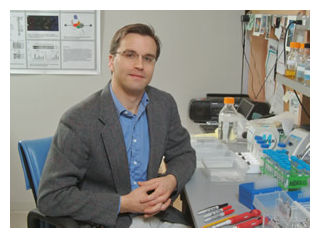
© Case Western Reserve UniversityErik D. Andrulis, Assistant Professor of molecular biology and microbiology at Case Western Reserve University.
The Earth is alive, asserts a new scientific theory of life emerging from Case Western Reserve University School of Medicine. The trans-disciplinary theory demonstrates that purportedly inanimate, non-living objects - for example, planets, water, proteins, and DNA - are animate, that is, alive.
Erik Andrulis, PhD, assistant professor of molecular biology and microbiology, advanced his controversial framework in his manuscript "Theory of the Origin, Evolution, and Nature of Life," published in the peer-reviewed journal,
Life. His theory explains not only the evolutionary emergence of life on Earth and in the Universe but also the structure and function of existing cells and biospheres.
In addition to resolving long-standing paradoxes and puzzles in chemistry and biology, Andrulis' theory unifies quantum and celestial mechanics. His unorthodox solution to this quintessential problem in physics differs from mainstream approaches, like
string theory, as it is simple, non-mathematical, and experimentally and experientially verifiable.
The basic idea of Andrulis' framework is that all physical reality can be modeled by a single geometric entity with life-like characteristics: the gyre. The so-called "gyromodel" depicts objects - particles, atoms, chemicals, molecules, and cells - as quantized packets of energy and matter that cycle between excited and ground states around a singularity, the gyromodel's center. A singularity is itself modeled as a gyre, wholly compatible with the thermodynamic and fractal nature of life. An example of this nested, self-similar organization is the Russian Matryoshka doll.
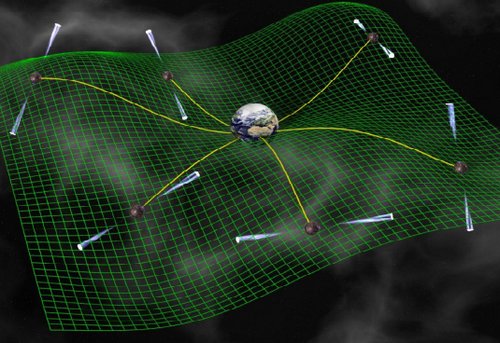
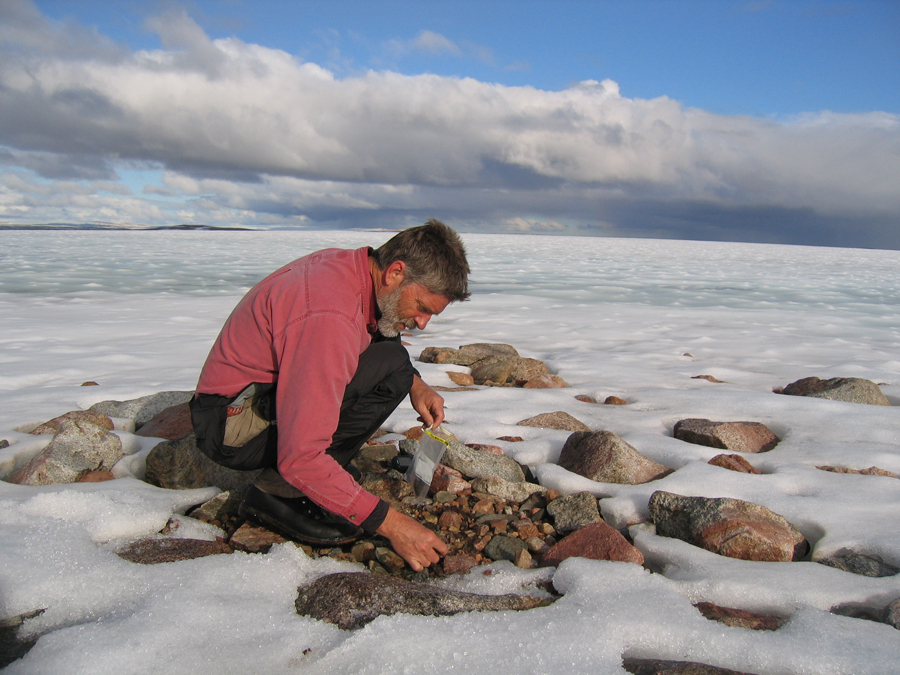
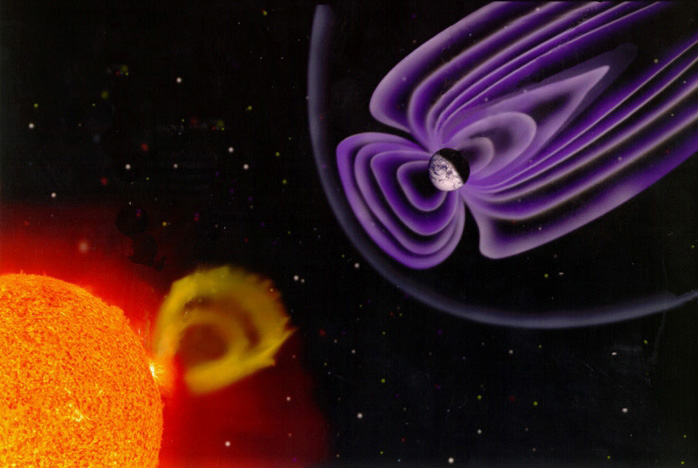

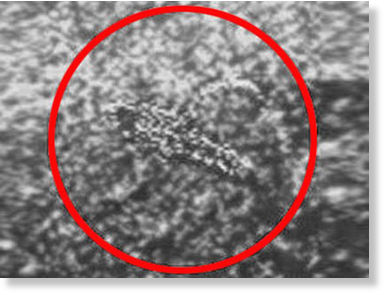
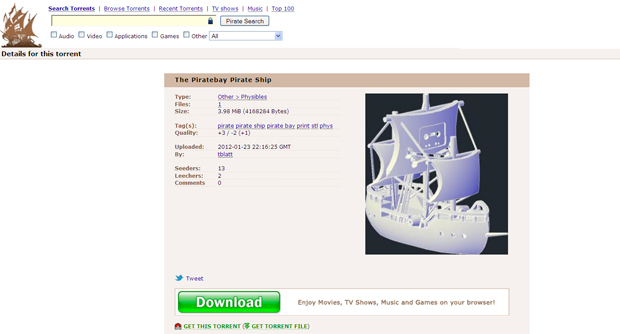
Comment: So the net effect is that the 'green measures' put into place to 'save the planet' will cost us more and speed up destruction of the planet.